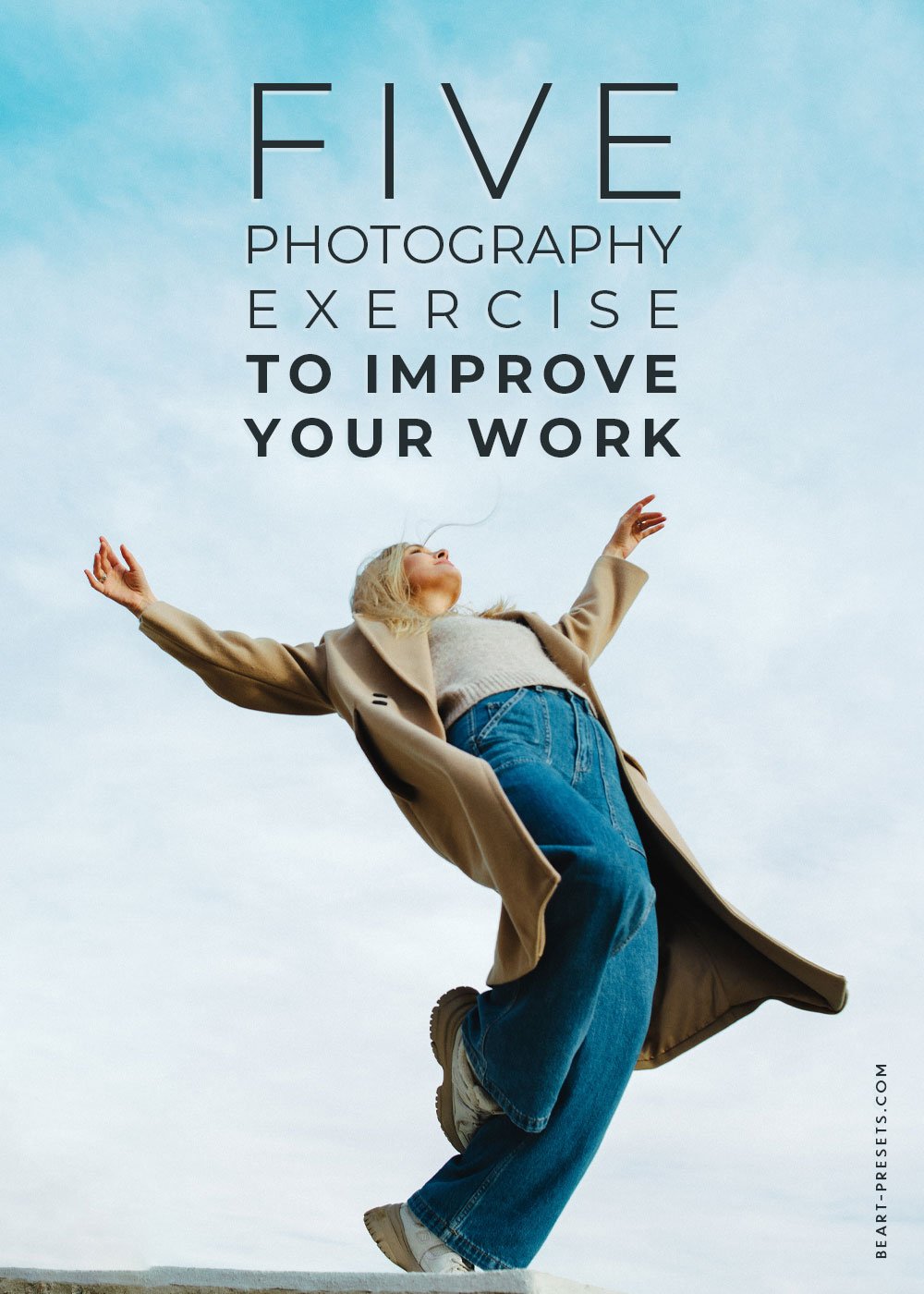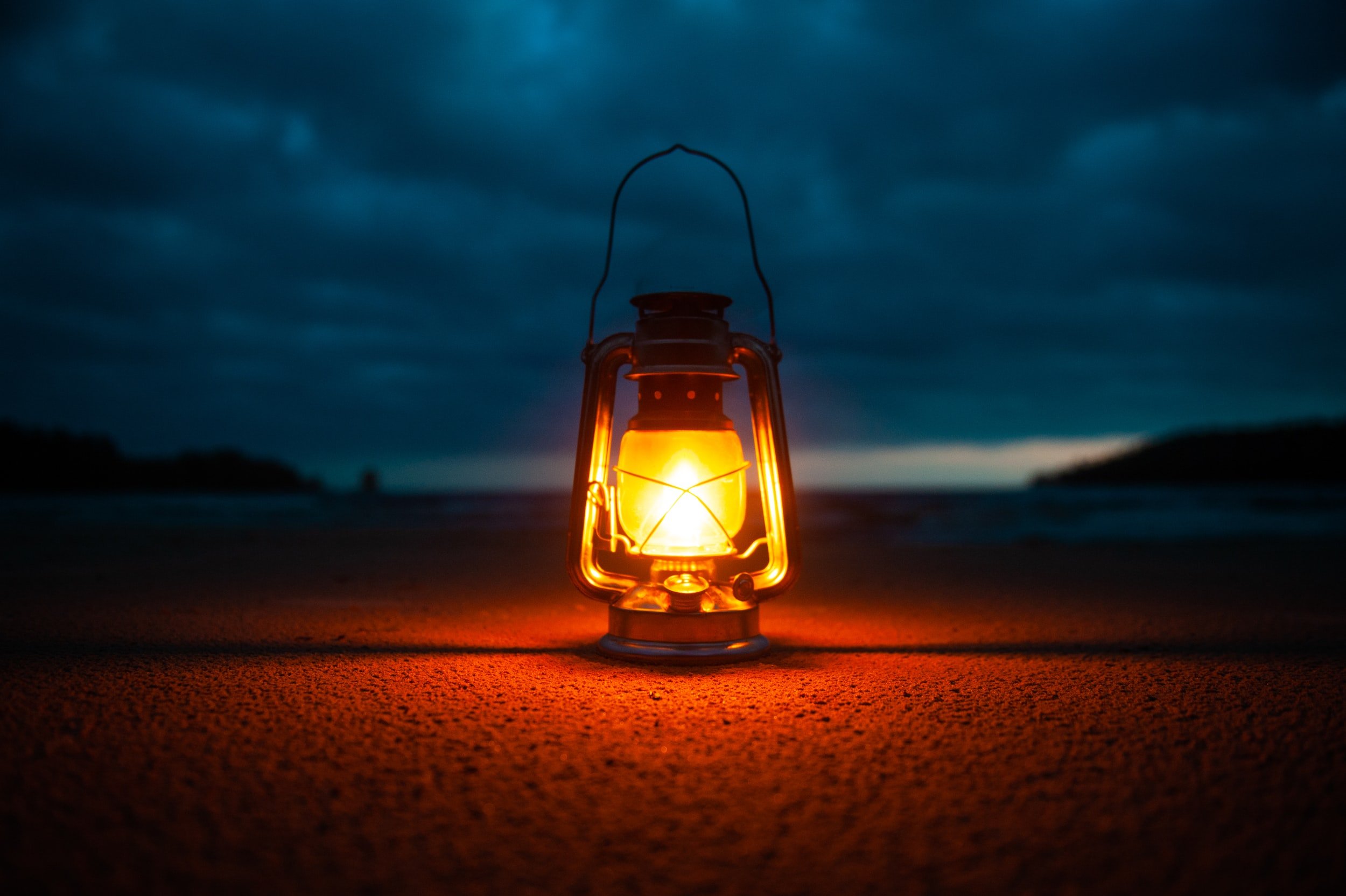Six Photography Exercise to Improve Your Work
We would struggle to think of a human skill or talent that doesn't need practice or exercise. Even the most skilled expert needs to do exercises for their craft. It's how we hone our skills.
Our photography skills are the same. But it's not just a "use or lose it" issue. It's more than that! You can boost the quality of your work by doing a few simple photography exercises.
We suggest doing these regularly, even if only for a few minutes. The key is committing to doing these for at least a few minutes regularly. This doesn't necessarily mean doing all these drills daily, but doing them regularly is how you'll see results. Below are our five favorite drills or exercises.
Photography Exercises
1. Practice different angles
Select a subject, and photograph it from eight to ten different angles. Sounds like a lot of angles to shoot? That's the point! This drill forces you to stop and think of a subject in various ways and to be more creative. Monotonous photography is the death of creativity and your mastery as a photographer.
This drill forces you to think outside the box and see a subject in ways you might not have considered. Eight to ten different angles will likely be challenging initially. But if it isn't, then go for more than ten different angles of the same subject.
Here are a few angles to consider if you're struggling with ideas:
Shoot at eye level with the subject
Shoot from above eye or head level
Shoot from behind the subject
Shoot from directly above the subject, looking straight down on them
Shoot from a right angle, from above or below eye level
This drill aims to train you to think of numerous angles of the same subject, improving the creativity of your work. After you've taken all the shots, pull up the images and note how the different angles affect the image and the viewer's perspective. What do you like and what don't you like?
Remember to incorporate this exercise into your next photo shoot.
2. Experiment with Natural Light
This is one of our favorites because we have a lot to gain from mastering light, which can be so tricky. If you want to be an excellent photographer, you will need to master various light forms, and this is a good exercise for that.
You must commit to photographing multiple times a day, but it's worth investing time. This is excellent practice for any photographer and should be done often.
Pick a scene to photograph in at least four types of light. We suggest:
Bright midday light
Golden Hours (just after sunrise and just before sunset)
Shade
This can prove challenging, and you might be unhappy with the results. Don't give up. The idea is that you will get better as you experiment with different natural light.
Eventually, you can expand this exercise to include artificial light.
3. Shoot Something You Don't Normally Shoot
Expand your horizons by getting out of your comfort level! We're inclined to shoot what we like, know, or are comfortable with. That doesn't make us better photographers. There's little room for challenge or growth in doing the same thing over and over. Getting out of our comfort zone teaches us to be more adaptable and grow as photographers.
Exercises to try:
Pick a subject you usually would not shoot, and get out there and shoot it.
Avoid any subject or scene you would typically feel comfortable shooting.
Are you usually a portrait photographer? Try photographing landscapes or architecture instead.
If you're typically a landscape photographer, try sports photography instead. It's pretty much the opposite because you'll be shooting fast action instead.
Do this regularly for maximum benefits. Getting out and shooting something out of your usual wheelhouse once or twice isn't enough. Do this regularly.
4. Restrict Your Equipment
Don't use the equipment you'd typically use on a shoot. Try branching out and using something different as a regular exercise for practice. If you're used to shooting with several lenses or a tripod, practice shooting without them. As a drill, shoot with just one lens or without a tripod.
This teaches you to expand your horizons and grow as a photographer, even if it sounds restrictive or counter-intuitive. This drill aims to practice adaptability, creativity, and flexibility. As with all these drills, practice this regularly.
Here are things to try:
If you usually shoot with a tripod, leave it at home and get out into the field. Practice photographing a scene or subject without a tripod.
Leave your standard lens at home and try a different one instead. For example, if you don't usually work with a wide-angle or a prime lens, use one of these.
Feel uncomfortable with the idea? That's the point! It forces you to get more proficient at working with various equipment. As photographers, we defer to our favorite pieces. And, as we've said, monotony is the death of creativity!
5. Edit your favorite photo in five different ways
As photographers and preset designers, we specialize in post-processing editing. We understand the value of expanding a photographer expanding their editing skills. After all, post-processing is a critical part of creating extraordinary photography. But here, too, photographers tend to get into a routine and do what they're most comfortable with. Let's change that!
For this drill, take one image you've worked with and edit it in five to ten different ways in an editing software you're familiar with. Be sure to pick edits you wouldn't normally do.
This can feel challenging or uncomfortable because you might think certain edits are unnecessary but try it anyway. Remember that the aim is to (once again) do something you wouldn't typically do. For example, try changing the saturation or vibrancy. Play around with various hues. One significant benefit of this drill is that you can learn new ways to edit your images.
6. Take a random photo daily for a month
You may have heard of this exercise in a photography class. It's a beneficial exercise that's easy to do. As we said at the outset, regular practice of any skill leads to improvement.
We suggest carrying a camera around for 30 days and taking at least one random show daily.
Be sure to review the image later on your computer.
Keep each image and review all 30 at the end of the month.
Do you see a pattern?
What types of subjects were you drawn to?
What could you improve?
Do you see any improvement throughout the month?
Final Thoughts
As photographers, we understand the challenges we all face. But we also understand the value of improving our work. These six exercises or drills we've listed here can help you if you practice them regularly. Practice makes perfect, or very close to it! Play around with these drills and dedicate time to doing them. Regularity is the key, so don't just do them once or twice.




















